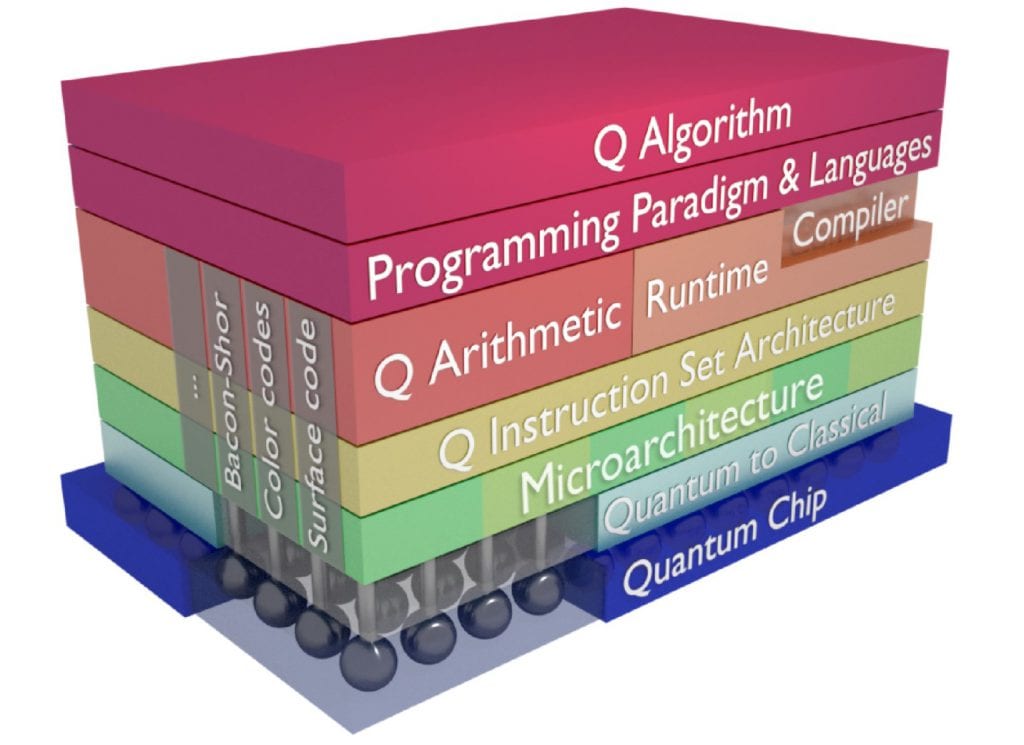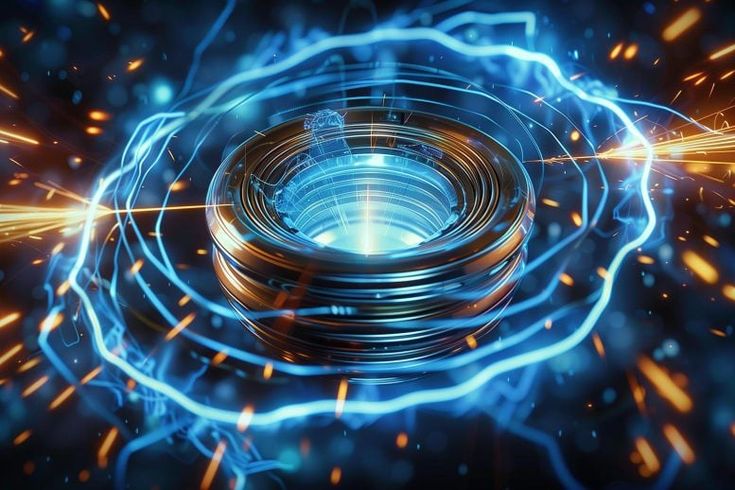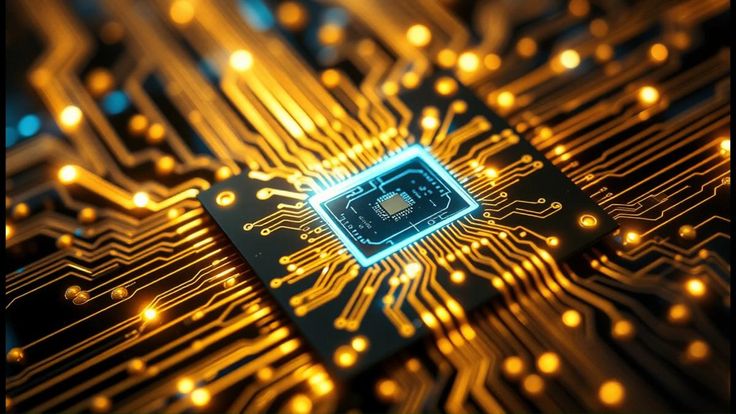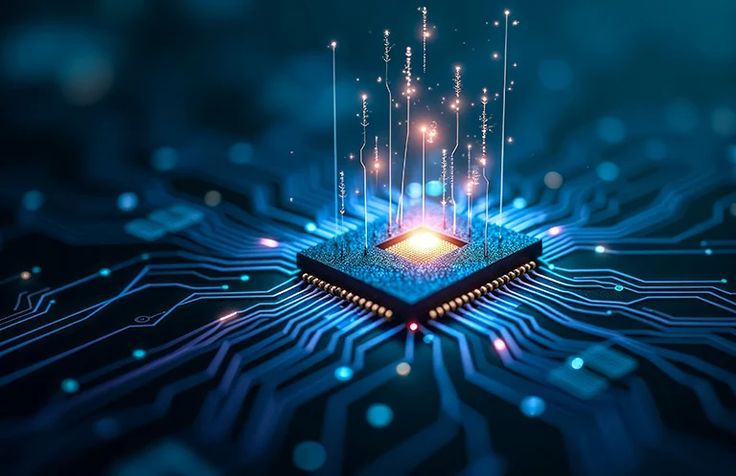The Quantum Computing Engine
A quantum processor is the central processing unit of a quantum computer, responsible for executing quantum algorithms by manipulating quantum bits (qubits). Unlike classical processors that use transistors to represent binary 0s and 1s, quantum processors use quantum phenomena like superposition and entanglement to perform computations.
These processors operate at temperatures near absolute zero to maintain quantum coherence and minimize environmental interference. The extreme cooling prevents thermal vibrations from disrupting the delicate quantum states that enable quantum computation.
Quantum processors represent one of the most complex engineering challenges of our time, requiring advancements in materials science, cryogenics, control systems, and error correction to achieve practical quantum advantage.





